China’s Pacific parade our biggest test since Japan in WWII
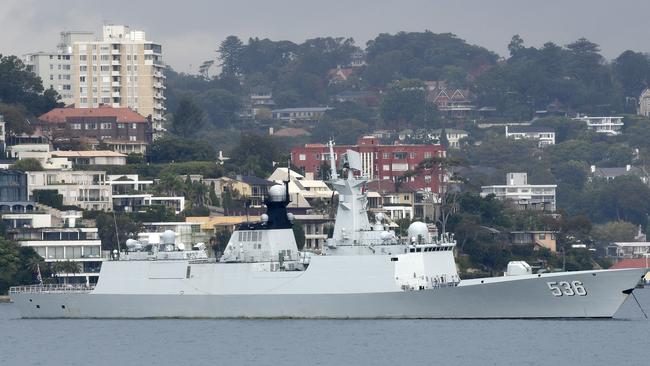
It would be a mistake to regard Wang’s visit as merely payback for Australia’s resistance to Beijing’s influence operations or an opportunistic manoeuvre to sow discord among US allies on their home turf. The leaked details of the recently signed agreements with Solomon Islands and China’s 10-country security and free-trade initiative confirm that Wang’s visit is the culmination of a more far-reaching strategy a decade in the making. This aims to draw Pacific Island nations into China’s orbit, creating new dependencies and opportunities for geopolitical advancement and resource exploitation.
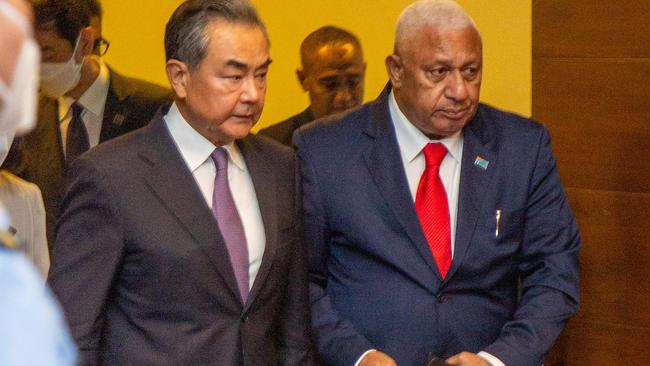
Not since the Imperial Japanese Army’s southward advance towards Australia in the 1940s has our influence, historical ties with the region and strategic position been under so much pressure. Since Federation, the enduring basis of our security policy has been “to prevent a hostile power” from establishing a military presence in our maritime neighbourhood. This is now a real prospect.
Complacency, a misreading of China’s intentions and the absence of a coherent strategy are largely to blame. Beijing’s Pacific step-up began years before the Morrison government’s much-hyped initiative. This was misconstrued as an attempt to boost China’s influence in the region at the expense of Taiwan.
Only recently have we come to understand it was the opening gambit in a much larger play to outflank the US position in the constraining island chain that runs from Japan through The Philippines to Australia.
A military base in Solomon Islands would be the first cab off the rank. But the real prizes would be strategically located facilities the People’s Liberation Army could use in Papua New Guinea and Samoa. A PNG base would be a serious threat to Australia. Samoa is within striking distance of Hawaii, the headquarters of the US 7th Fleet and the nerve centre for the 375,000 US military personnel deployed throughout the Indo-Pacific.
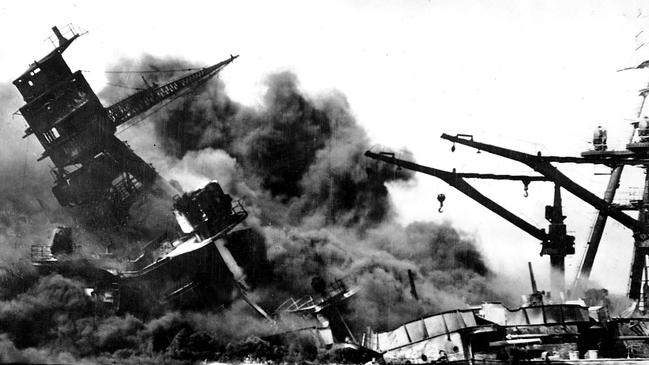
The onus is on the Albanese government to right what Foreign Minister Penny Wong described in opposition as the “worst foreign policy failure in the Pacific since the end of World War II”. The success of her tenure, the government’s national security credentials and the much-vaunted “free and open Indo-Pacific” ultimately will be judged by Labor’s ability to develop an effective response to China’s Pacific Islands wedge.
Anthony Albanese has promised to ramp up aid and elevate the South Pacific in the government’s foreign policy priorities. These are necessary first steps. But they won’t be enough without astute diplomacy that sensitises Pacific Island countries to the risks they face in aligning their economies and security more closely with China.
The Prime Minister should take a leaf from the new Western intelligence manual. The Biden administration effectively used open source and classified intelligence to alert the world to Russia’s real intentions before its invasion of Ukraine. Any attempt by China to build a military base in Solomon Islands or elsewhere in the region should be disclosed immediately by publicising commercially available satellite photos of its transgressions.
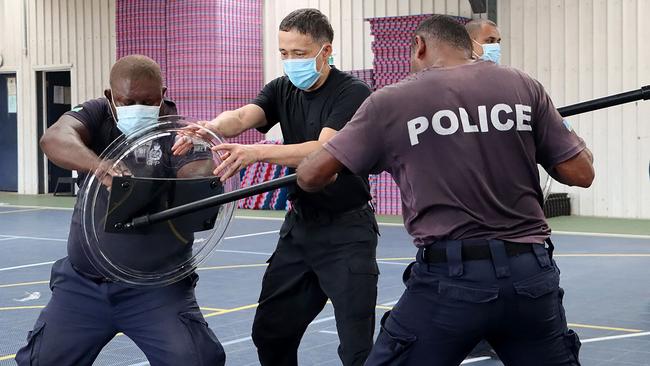
The government needs to get on the front foot by exposing China’s dubious climate change credentials, environmentally destructive and exploitative resource practices, and debt-trap diplomacy.
Labor’s more stringent greenhouse gas emissions target has effectively neutralised the chief criticism of Australia by Pacific Island governments that the Coalition failed to recognise the seriousness of the climate change threat to their security. This isn’t contrived. About 97 per cent of the region’s population lives near the coast and is affected by sea-level rise.
Smaller, low-lying coral atoll nations such as Kiribati, the Marshall Islands, Tokelau and Tuvalu with mean elevations of only 1m to 2m are particularly vulnerable.
But China, not Australia, is the main culprit because it produces 31 per cent of global greenhouse emissions, is a major coal user and has refused to commit to net-zero emissions by 2050. This is a point Labor needs to make often and publicly, not only to Pacific Islanders but also to the Greens and teals.
Countries that sign up to so-called “win-win” fishing agreements may find their fish stocks rapidly depleted if past behaviour is any guide. China’s massive fishing fleet makes up nearly three-quarters of the world’s powered fishing fleet and has overfished its own waters, forcing the fleet to range farther afield. The relatively abundant stocks of wild fish in the South Pacific are an attractive and lucrative replacement.
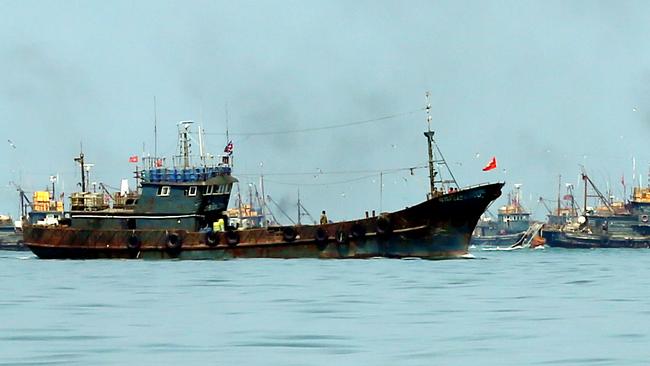
But small, under-resourced Pacific Island nations will have difficulty monitoring and policing the catch of a resident Chinese fishing fleet. China has a long history of fish disputes with its neighbours and of failing to environmentally protect fish breeding grounds. When militarising islands in the South China Sea, China’s dredgers wantonly destroyed dozens of pristine coral reefs, grinding them flat to lay concrete runways and facilities for the PLA.
China’s aid is less beneficial than it seems. Much is in the form of loans, not grants, which have to be paid back. If repayments aren’t made, then debt for equity swaps are more likely to benefit China’s interests than those of recipient states, as Sri Lanka is now finding out.
Infrastructure investment all too often produces totemic buildings, white elephants and roads that go nowhere and is carefully calibrated to serve China’s strategic needs, especially militarily useful ports and airfields. Under-the-table payments, a feature of Beijing’s largesse, breeds corruption and benefit a small handful of elites, not ordinary people.
Shining a light on these practices should be central to Albanese’s strategy for countering China’s push to create a dependent and authoritarian Sino-centric South Pacific.
Alan Dupont is chief executive of political risk consultancy the Cognoscenti Group and a nonresident fellow at the Lowy Institute.

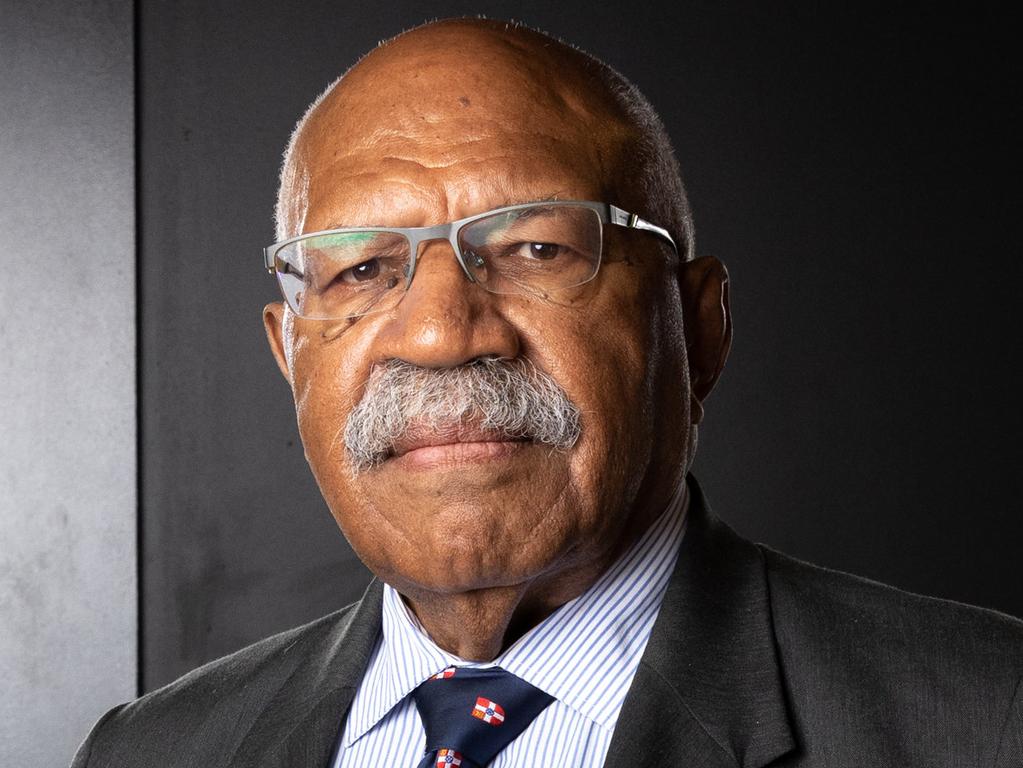

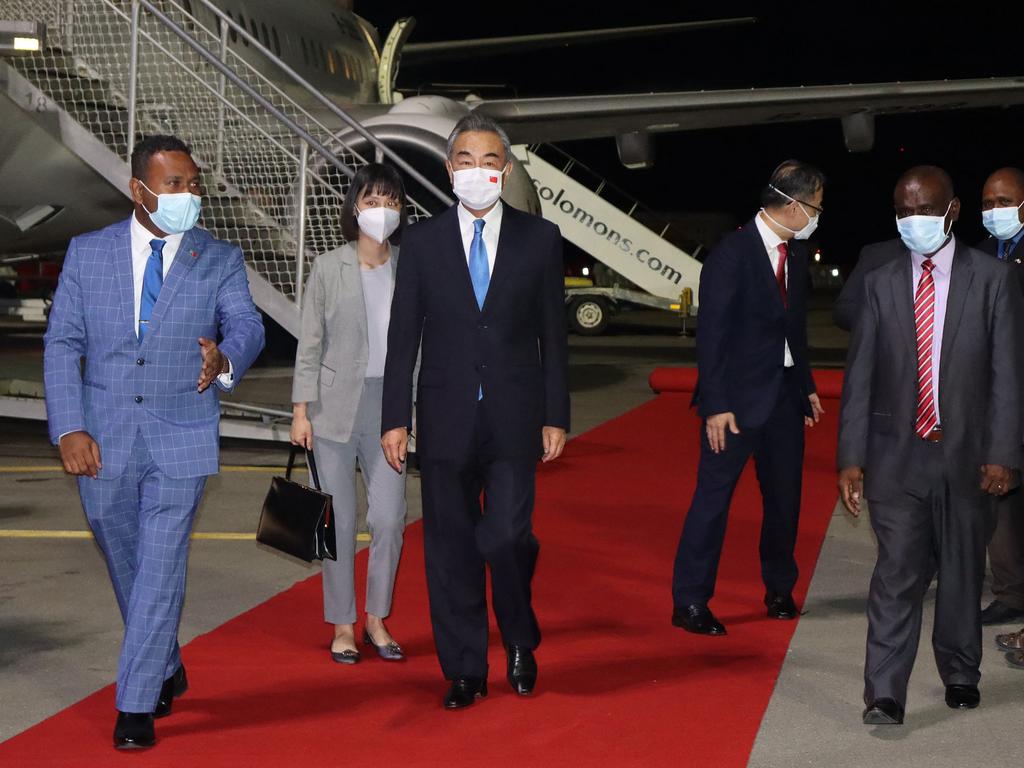



Despite the rejection of his ambitious trade and security deal by Pacific Islands leaders, Chinese Foreign Minister Wang Yi’s diplomatic road show underlines the strategic nature of Beijing’s unprecedented investment in the South Pacific and the extent of the challenge to our economic and security interests.